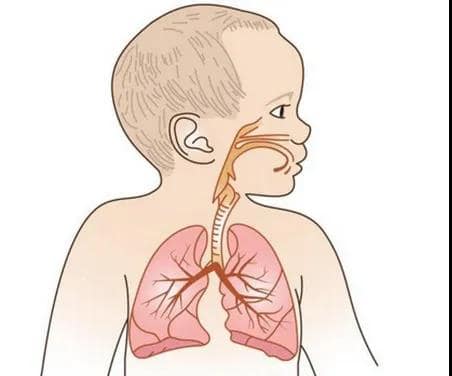
Inflammatory damage is the main cause of pulmonary bronchial dysplasia in newborns, originating from umbilical cord tissueMesenchymal stem cells (MSCs) have become the preferred stem cell type for the treatment of inflammatory injury diseases due to their low immunogenicity and strong immunosuppressive ability, and also bring hope to the treatment of bronchial dysplasia. Currently, there are many reports at home and abroad about the effectiveness of MSCs in improving lung injury related to premature infants.
Mesenchymal stem cells treat pulmonary bronchial dysplasia, and obtaining sufficient MSCs through in vitro expansion is a prerequisite for clinical treatment. In past preclinical and clinical studies for the treatment of BPD, most of them used fetal bovine serum (FBS) as a culture additive for human MSCs[2]. But this is no longer in line with the latest requirements for human-derived stem cell products from the Center for Drug Evaluation of the National Medical Products Administration (NMPA) – “The use of animal-derived materials should be avoided as much as possible in the production of stem cell products.” At the same time, fetal bovine serum is a heterologous protein, and culturing and expanding human MSCs will increase their immunogenicity and promote cell senescence [3]. Therefore, efforts are being made worldwide to find alternatives to fetal bovine serum. Currently, a commercialized human platelet lysate (hPL) has received great attention from scientific researchers as an additive for mesenchymal stem cell culture.
At the same time, in vivo experiments, the study constructed a newborn rat BPD model to evaluate its therapeutic effect. The results show thathPL-UCMSCs treatment can promote the development of small alveoli at the end of the bronchus. The number of small alveoli is significantly increased compared with the FBS-UCMSCs treatment group and the saline control group. Collagen deposition is significantly reduced, pulmonary fibrosis is significantly improved, the number of new blood vessels is significantly increased, macrophage infiltration is reduced, and the damaged lung condition is significantly improved; animal experimental results have confirmed that the therapeutic effect of hPL-UCMSCs is significantly better than that of FBS-UCMSCs.
The study proveshPL’s functional role as a supplement for UC-MSCs culture shows its important clinical value. This will help promote the widespread application of hPL in large-scale culture of UCMSCs in the future and provide more help for the clinical treatment of children with BPD.
Beike Biotechnology has been deeply engaged in the cell field for 16 years and has a top-notch mature stem cell scientific research team and cutting-edge cell storage and preparation technology. It has applied for 108 related patents in the biomedical field, 56 of which have been authorized; it has undertaken more than 60 national, provincial and municipal scientific research projects at all levels, including 863 projects, Torch Program projects, etc.; it has published 100+ papers related to the cell field, including 40+ SCI papers, with a cumulative impact factor (IF) of 200+.
References:
[1] Arrigoni et al, Cell, 2009; Willis et al, Am. J. Respir. Crit. Care Med, 2018
[2] Chang et al, Am. J. Respir. Cell Mol. Biol, 2014; Reiter et al, Respir. Res, 2017
[3] Trubiaietal et al,Part C Methods,2015



